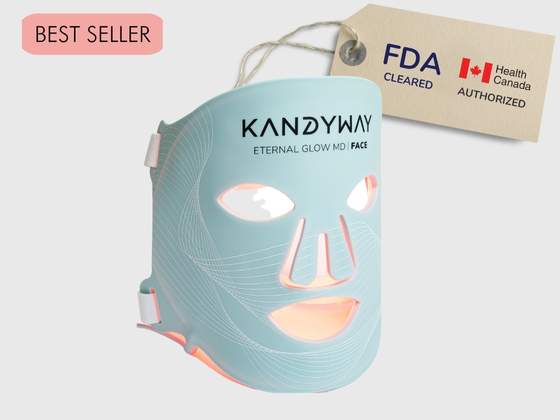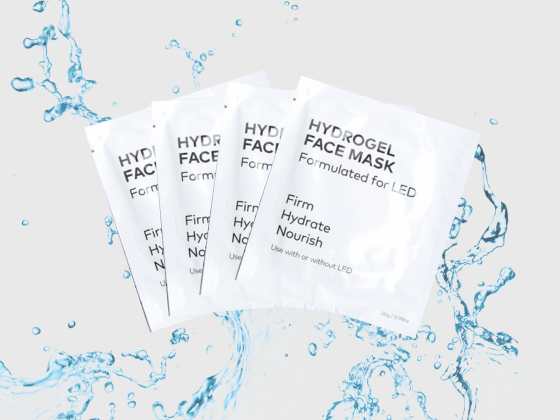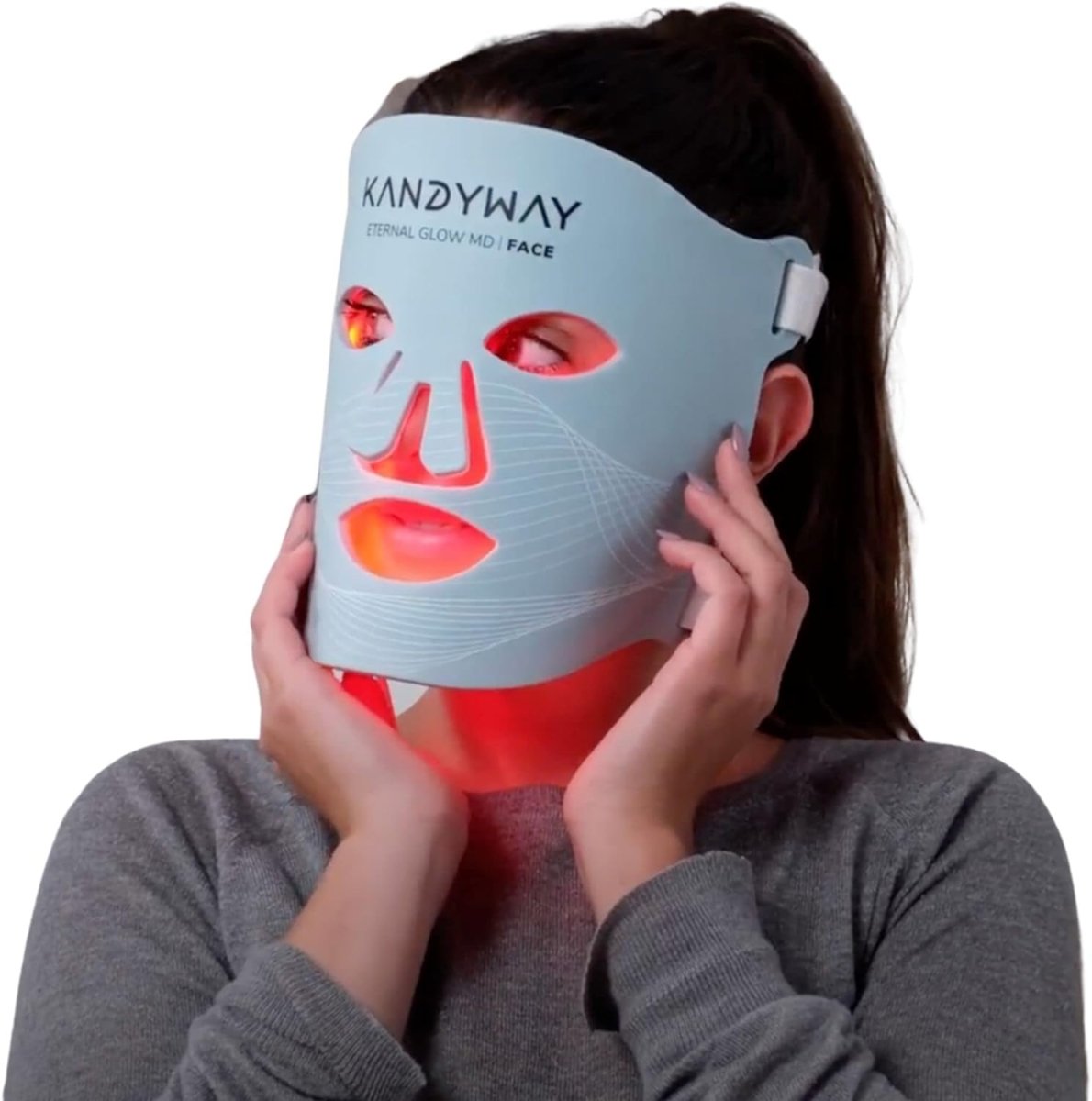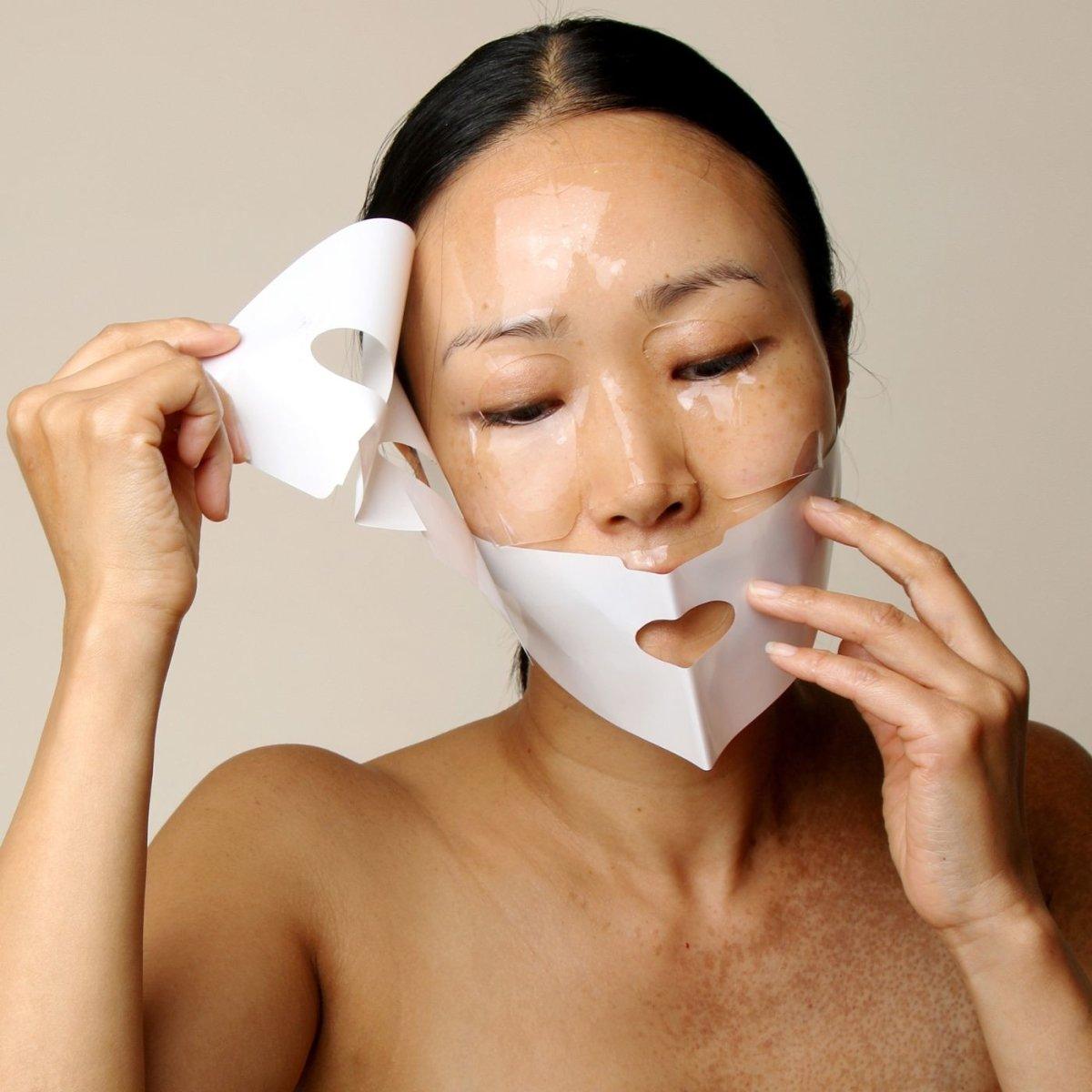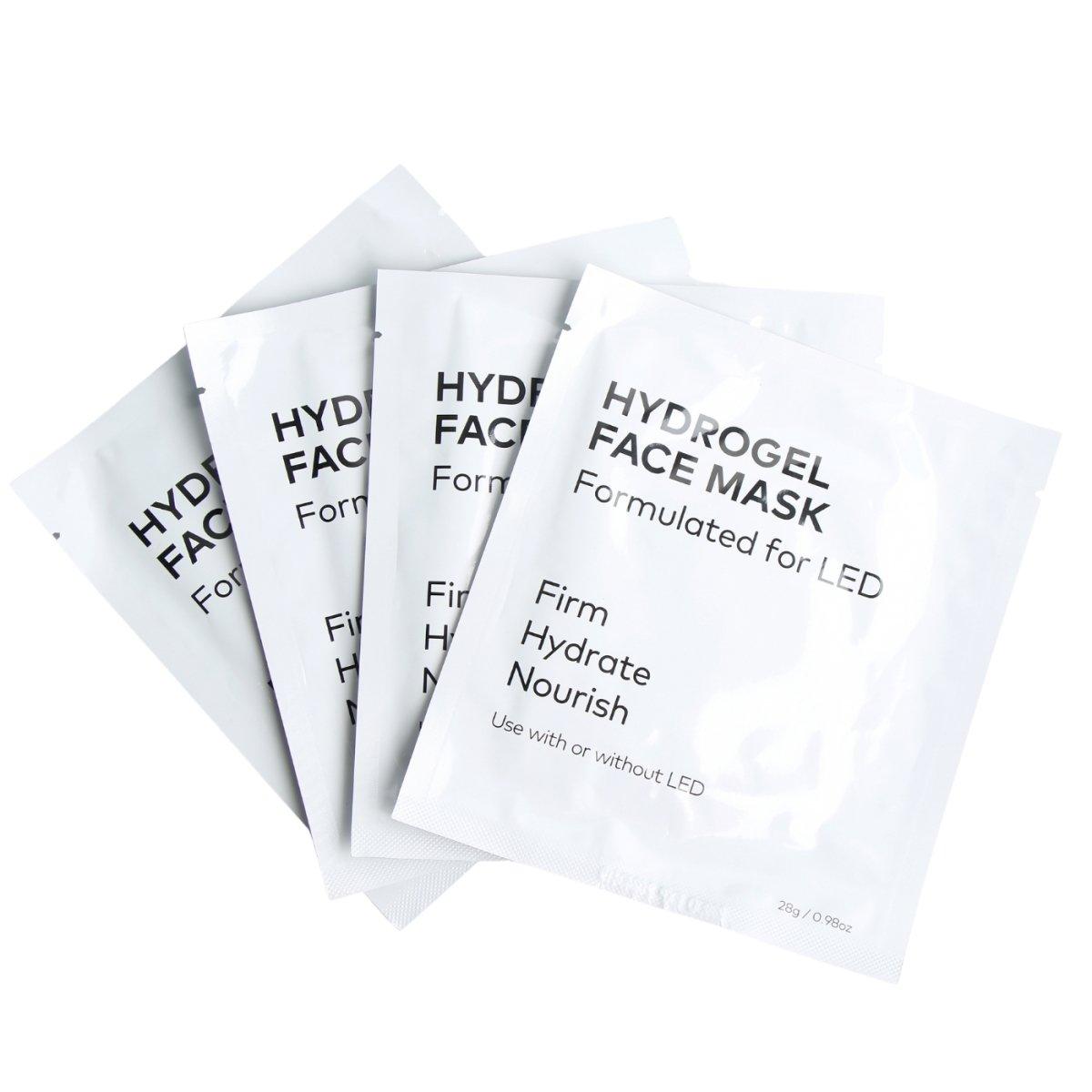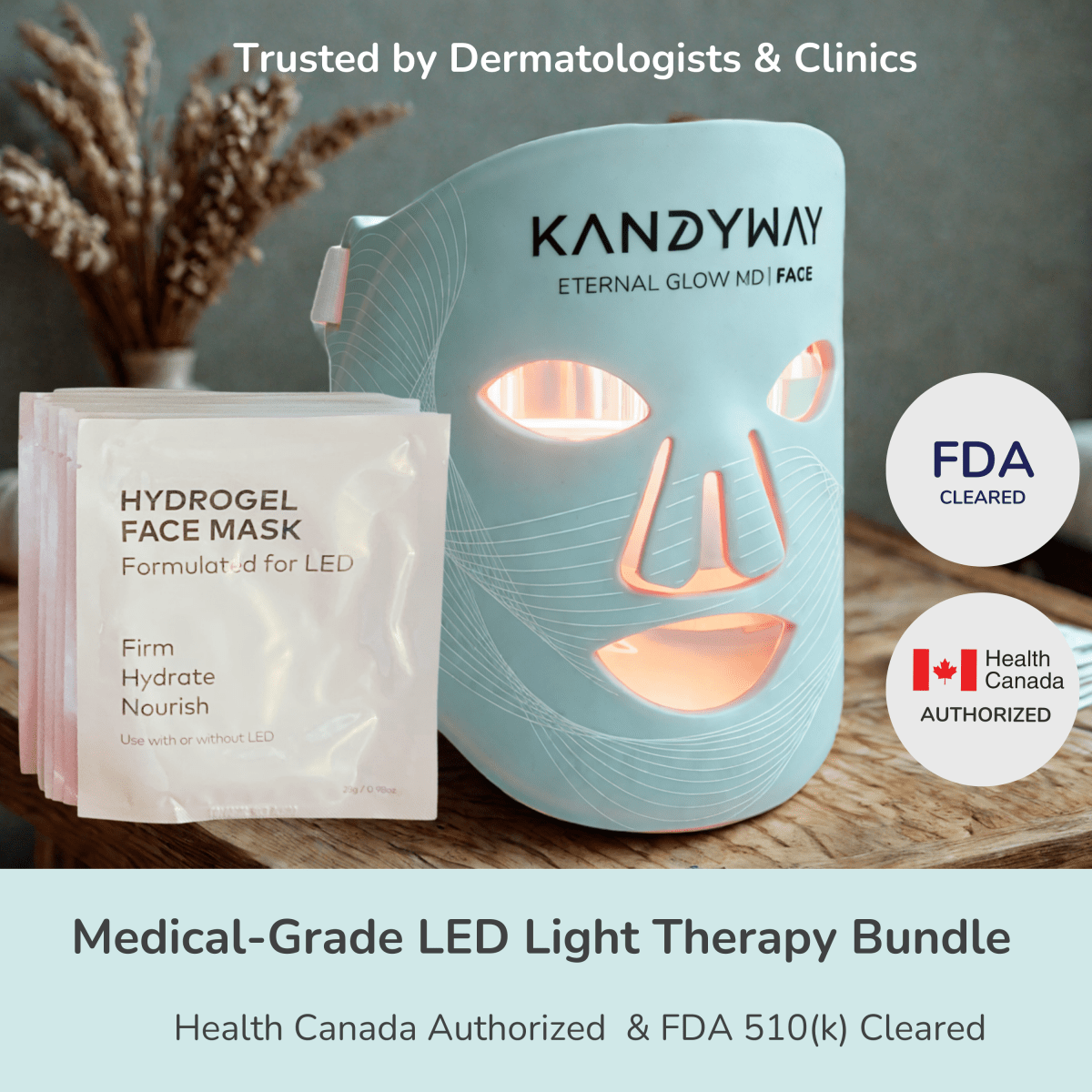Red light therapy masks are quickly becoming a must-have in many home skin care routines. They promise smoother skin, fewer spots, and a more youthful glow. But like any treatment, they can come with risks if you buy the wrongly design led mask. While there are definitely benefits to using red light therapy masks, some even backed by studies, it's important to know some possible negative consequences to watch out for. In this guide, we’ll walk you through the red light therapy mask side effects you should be aware of. We want to help you enjoy the benefits while taking care of your health and skin safely.

How Red Light Therapy Masks Work
These masks use red and infrared light to support your skin’s natural repair process. They shine low-level light directly onto your skin. This is known as LED light therapy or light therapy. The red light reaches into the deeper layers of your skin to boost blood flow and help cells heal faster.
Some people use these masks to treat fine lines, spots, or other signs of ageing. Others use them for general skin care or to help with conditions like acne or redness. The therapy is non-invasive and safe for use at home with the right device. You can enjoy short sessions a few times each week, usually lasting around 10 to 20 minutes.
There are many devices on the market, but it's best to choose one that has been tested in a clinic or approved by health experts.
Common Side Effects of Red Light Therapy Masks
Most people can use these masks without trouble, but there are some side effects to be mindful of. A common one is irritation or redness, especially if you have sensitive skin. This usually fades quickly after a session. You might also notice a warm feeling or a light tingling, which is normal.
Another risk is eye damage. Many red light masks are designed wrong and use to high of an irradiance and are very bright. If you don’t wear eye protection, the light could irritate your eyes or cause discomfort. That’s why most devices come with goggles or include other safety features for your eyes.
Some users report increased inflammation, especially when the light is too strong or used too often. This can make certain skin conditions worse instead of better. It’s important to follow the instructions that come with your mask and to avoid using it longer than recommended.
Side effects are more likely when using low-quality devices that haven’t been reviewed by a dermatologist or approved by health professionals.
Rare or Potentially Dangerous Risks to Consider
While these risks are rare, it’s important to be aware of them so you can make an informed decision. Some of the concerns discussed in online forums and health media are not always backed by strong studies, but they are worth considering. For example, some people worry about hair loss or changes in hair growth. These effects are not common, and more research is needed to understand them.
Another concern is skin cancer. The good news is that red and LED light used in therapy is not the same as harmful UV light. Most studies show that this type of treatment does not cause cancer. Still, if you have a history of skin diseases or if you notice new spots, it’s smart to speak with a dermatologist.
There have also been stories about red light triggering underlying conditions like rosacea. This happens more often when the device is too strong or used too often. Some people may feel tired or dizzy after a session, but again this is rare.
Choosing a device with clinical backing and FDA or Health Canada approvals can help reduce these risks.
Who Should Avoid Red Light Therapy Masks?
Red light therapy is not for everyone. If you are pregnant or have a condition that makes your skin sensitive to light, it’s best to speak with your doctor first. Some medicines can also make your skin more sensitive to red light therapy. This includes treatments for acne or autoimmune diseases.
If you have eye conditions, it’s especially important to be careful. Light from these masks can be harsh, and you’ll want to protect your vision.
People with open wounds, severe acne, or recent skin treatments should wait before starting light therapy. Always check with a dermatologist before using a new device if you are unsure.
These masks are made for mild skin care and not for serious conditions. Listening to your body and starting slow will help you enjoy the benefits without risking your health.
Tips to Use LED Masks Safely at Home
If you decide to try LED light therapy at home, here are some ways to stay safe. First, read the manual. Make sure the device is cleared by a health regulatory board and has good reviews.
Wear eye protection every time. Even if your eyes are closed, the light can still pass through your eyelids and cause eye damage.
Start slow. Try shorter sessions to see how your skin reacts. If you notice any redness, irritation, or new spots, give your skin a break and talk to a dermatologist.
Only use the masks on clean skin. Keep the device clean too. This helps stop bacteria from spreading.
Avoid using the mask for more than the recommended time. Thinking more light means better results can lead to increased inflammation or other side effects.
When used with care, these masks can be a simple way to boost your skin care routine.
Safe Use Starts with Smart Choices
Red light therapy masks can be a great tool for skin treatment, helping with things like fine lines, dull skin, and care at home. But like any skin therapy, they can have side effects. Knowing what to expect helps you make smart choices. Whether it’s minor irritation, eye safety, or rare concerns like hair loss or skin cancer, we believe in sharing it all.
By starting slow and using a trusted device, you can enjoy the glow while protecting your health. The Kandyway Eternal Glow MD™ Red Light Therapy Mask is the number one true medical-grade, FDA & Health Canada-certified LED mask for superior skin rejuvenation, scientifically optimized for collagen production, reducing wrinkles, skin health, and rejuvenation.

